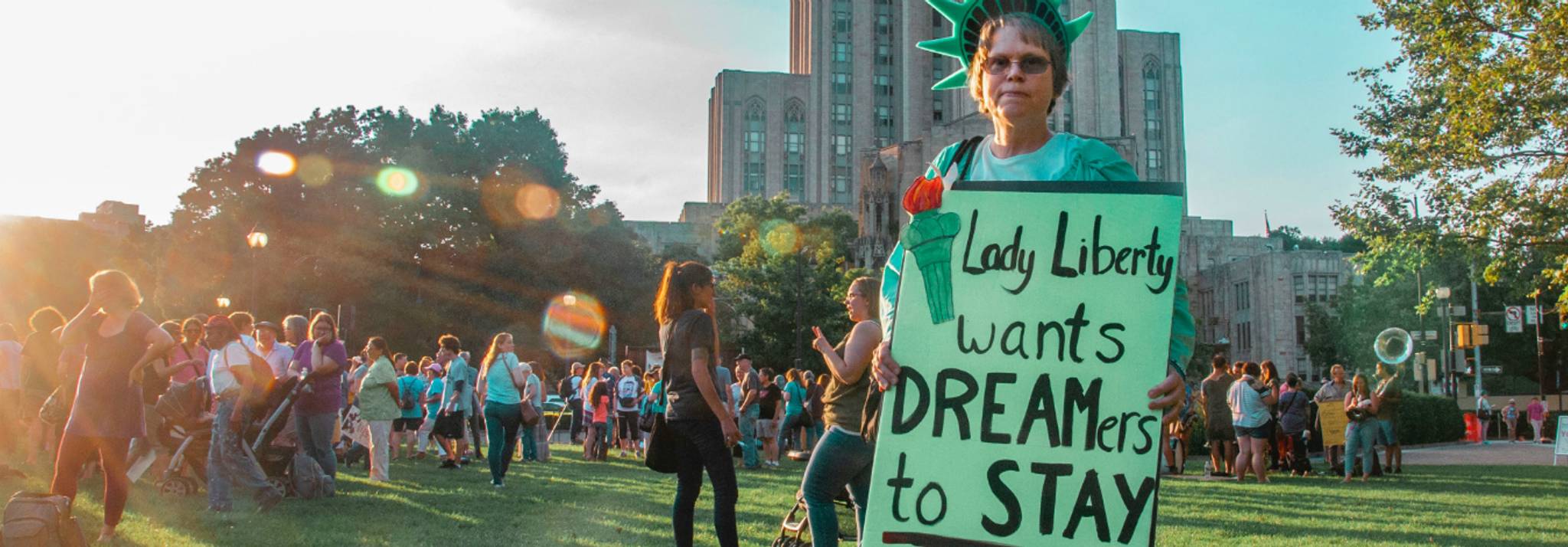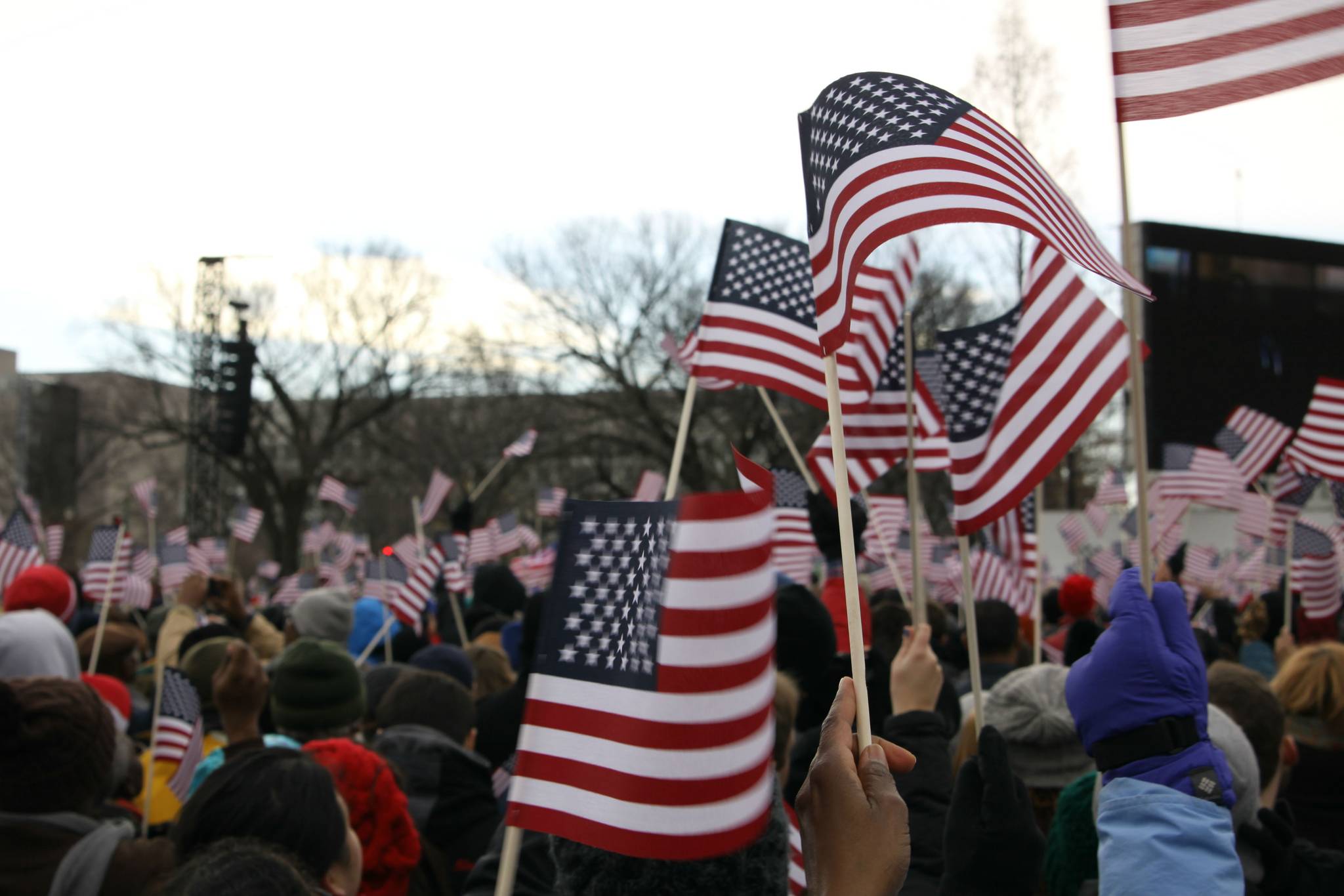
With a tense election, COVID-19 crisis, and BLM protests, 2020 put the spotlight on America’s divisions and inequalities. As aspirations shift and the country's place on the world stage is challenged, what does the American Dream of tomorrow look like?
The view of America as the land of opportunity is being challenged, and with divisions brought to light during the election season, it's safe to say the country has been going through a tumultuous time.
In this context, the picture of the American Dream is changing. White picket fences and star-spangled banners may lose their shine as people begin to demand a more nuanced and honest view of their country.
So what does it mean to be American in 2020, and how can brands strike the right tone when looking to reach the modern American consumer? In our New American Dream report, we identify and fact-check three common conceptions about American identity. Here’s a sneak peek:
1. The American Dream is dead (no - but it is evolving)
A white picket fence and 2.4 kids just isn’t hitting the mark when structural inequalities have been brought to light in America.
With social mobility on a downturn, Americans are redefining what success looks like to them and are demanding that inequalities are acknowledged and dealt with.
2. American exceptionalism is still a thing (kinda)
Whether it's pledging allegiance to the flag or flying the star-spangled banner in their backyards, Americans are known for their patriotism. But 2020 has underscored the fissures in American society, with national pride at an all-time low.
Still, there's room for a more nuanced and realistic view of America. Brands have the chance to think beyond the red, white, and blue, and look to the core values of America such as democracy and family life.
3. America is more divided than ever (but it’s not as bad as it seems)
Anyone watching the election would be hard-pressed to say that America is not incredibly divided. Nevertheless, the majority of Americans are striving for unity in these hard times.
Brands would be wise to steer clear of false binaries and try to foster mutual respect through values-led charitable actions and brand messaging.
How will Americans want to be represented moving forward, and what can brands do to foster pride and togetherness? Download our free New American Dream report to find out.
Isabel Evans is a behavioural analyst at Canvas8. Fascinated by how and why people do things, she has an MSc in cognitive and decision sciences from UCL. You can often find her drinking endless coffees, running around Regent’s Park, or delving into a book.



